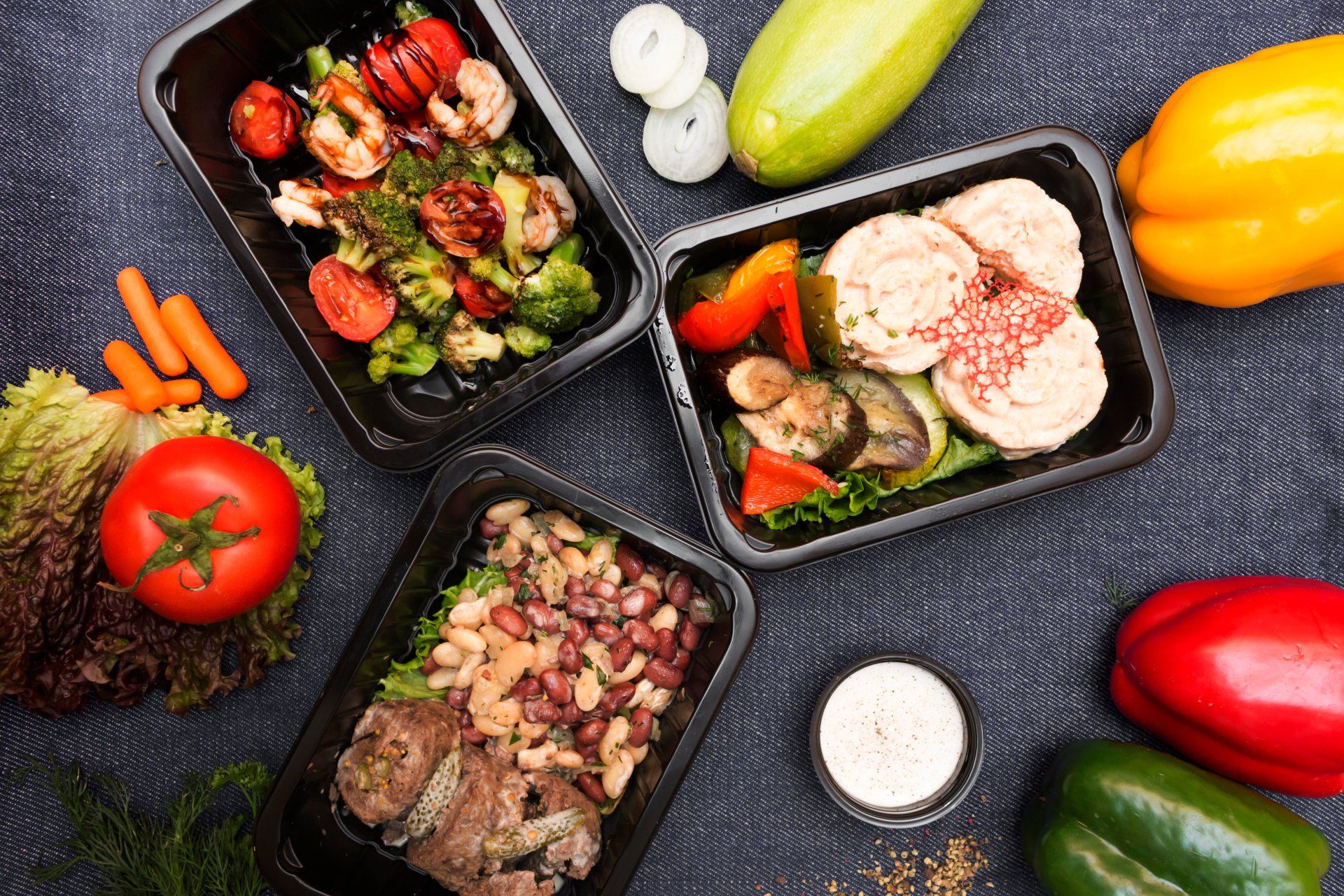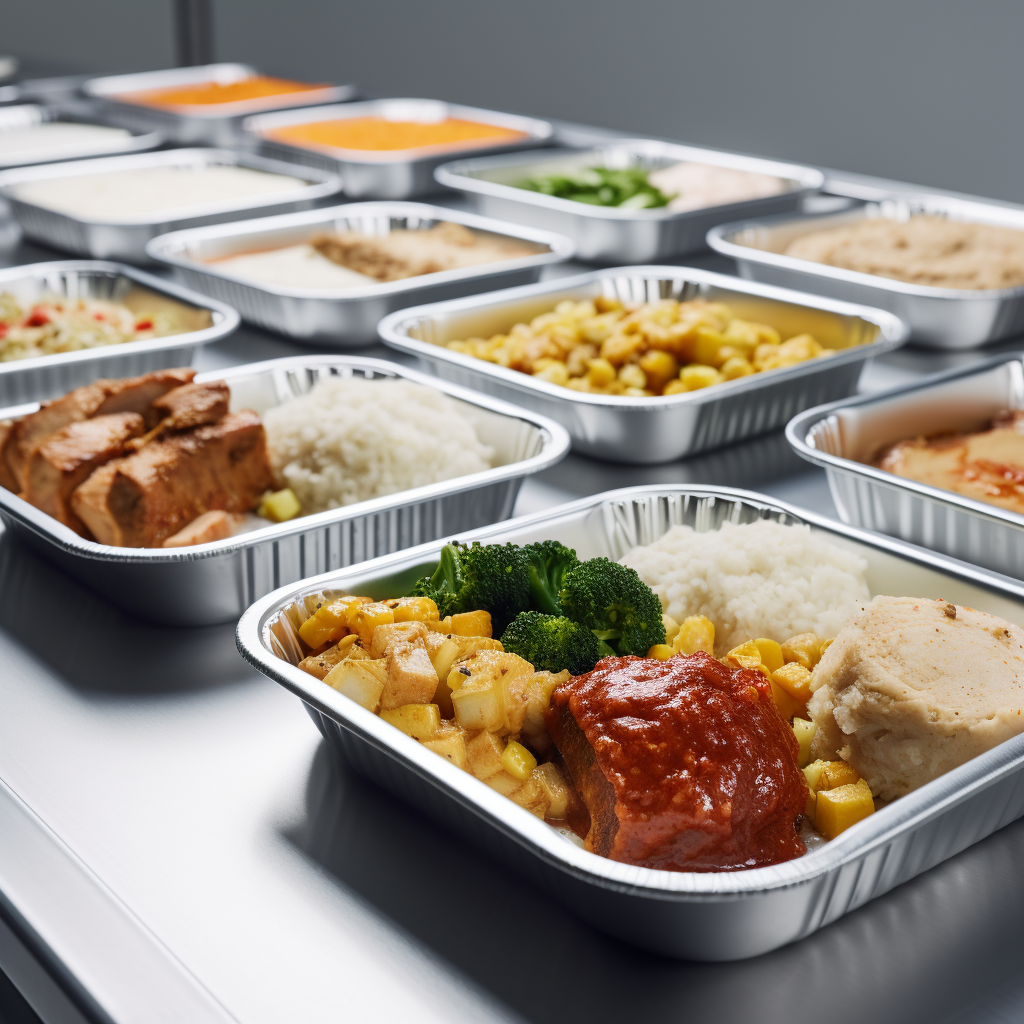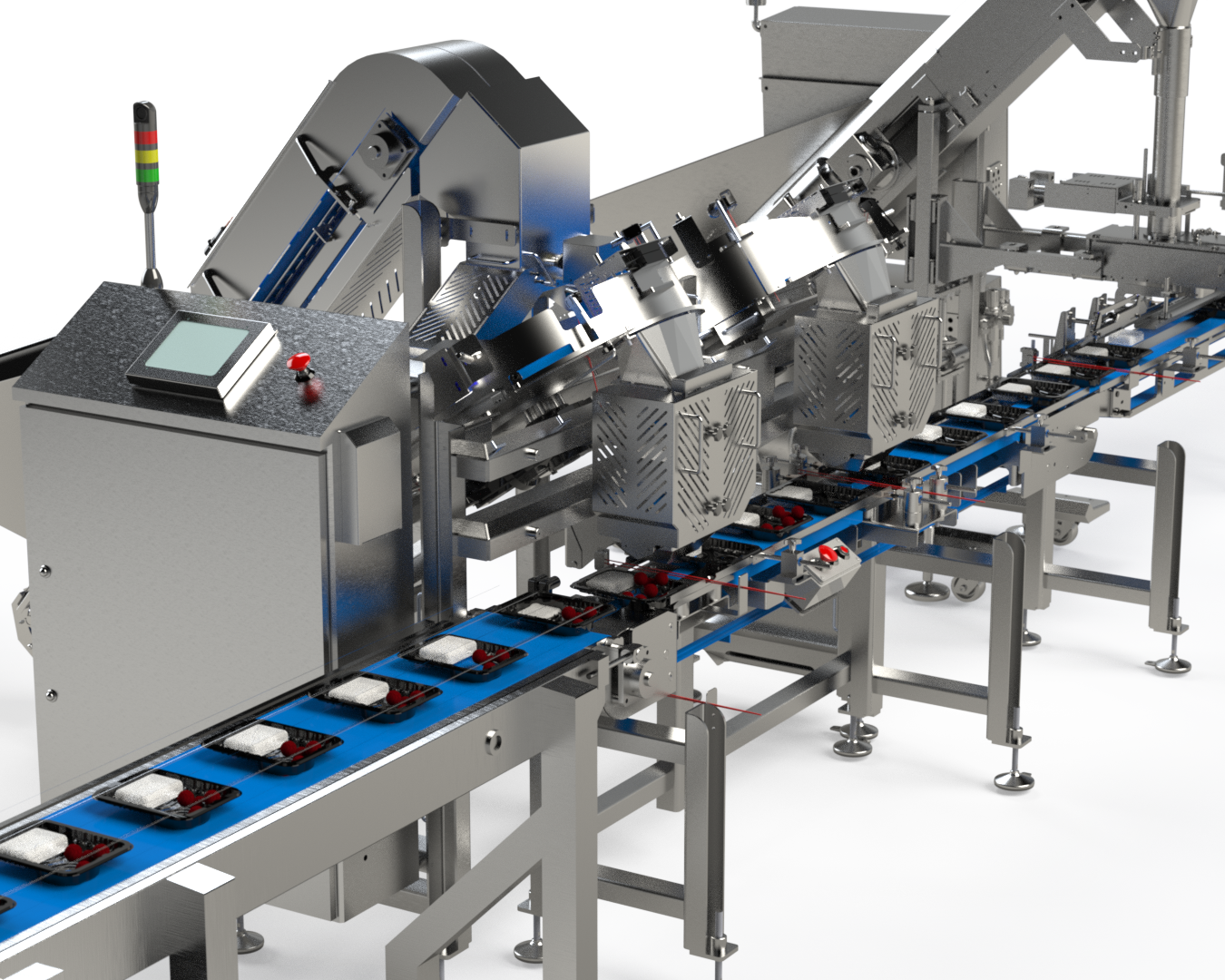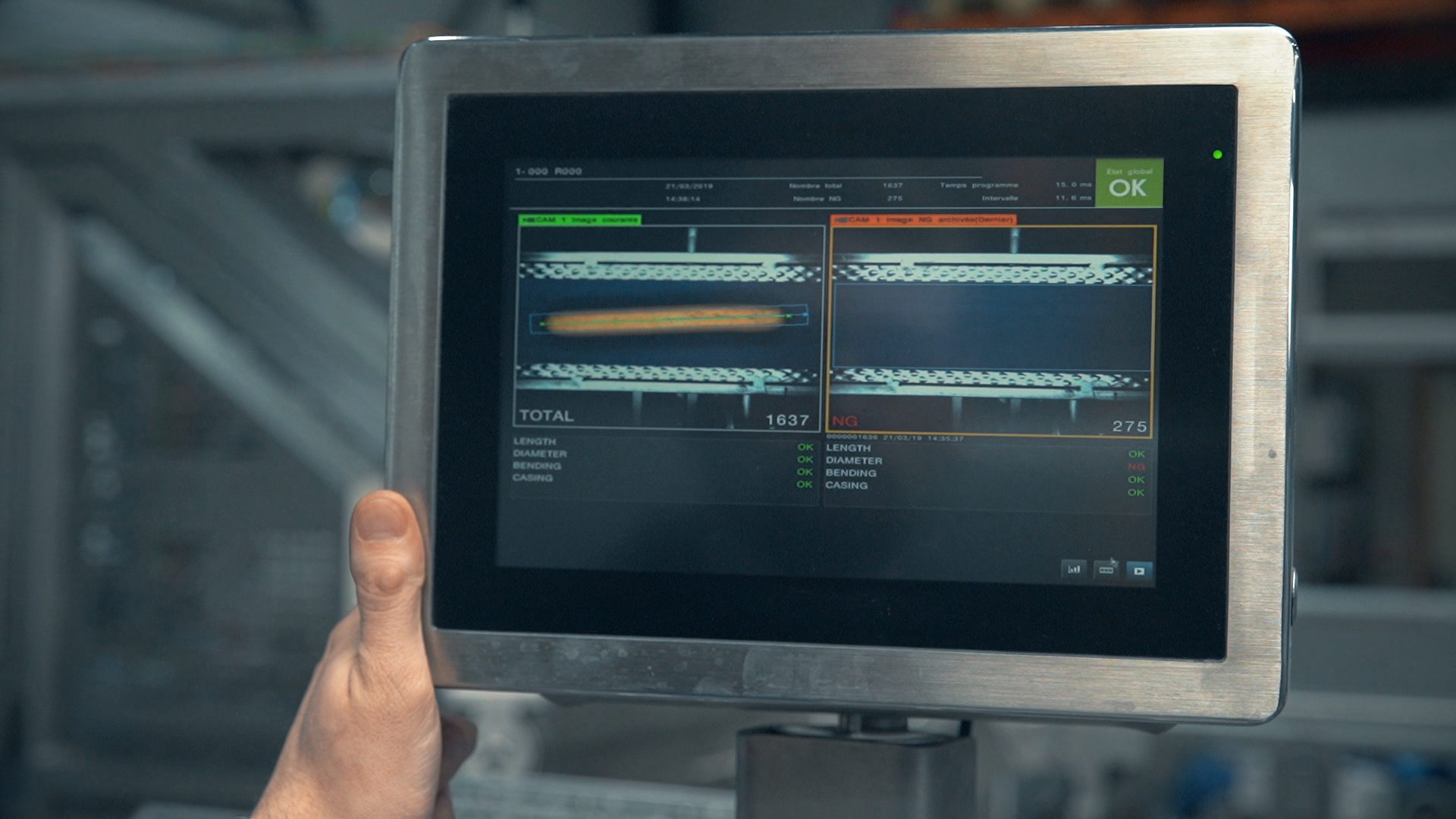Michael Naylor • July 10, 2020
Are your food filling machines ready?

The Ready-to-Eat (RTE) meal is designed to save time for the modern working-class individual and family. These prepackaged meals can be consumed on the go, on the job, or on the couch. As modern life grows increasingly busy, the demand for RTE foods continues to rise. This is great news for food producers and marketers in this industry—for those who have the right food filling machine to get the job done right. On the other hand, if your food depositor tends to leave meals looking unappetizing, your consumers will take flight.
Years ago, when the ready-made meal industry was just beginning to take off, consumers had higher levels of excitement and lower expectations – but that’s no longer the case. Today’s consumers expect RTE foods to deliver on a number of fronts, including these key parameters:
Market demand dictates that food manufacturers must invest in specialized equipment that can rapidly package fresh, tasty, and nutritious meals without compromising on sanitation or aesthetics. Simply “boiling” the ingredients and “dumping” them into containers isn’t going to get the job done anymore.
Food manufacturers looking to gain the competitive edge in the modern RTE food market will need to go above and beyond basic consumer expectations. In a Packaging Strategies Q&A, Natalie Schmid (Product Market Manager at Multivac) said the shrinking, aging baby boomer demographic and the growing millennial demographic are changing market demand
in important ways:
Multi-Fill’s MPFSC-120 Automatic Pocket Filler is the best choice for ready-to-eat meals. It can keep each part of a packaged meal separate while sustaining a rapid output. Other advantages include:
If you’re striving to deliver a positive customer experience in every bite, contact us today to learn more about our food filling machines and food depositors. Call us at 801-280-1570 or reach us
online.
Gone Are the Days of “Boil and Dump” Packaging
- Taste: the meal should taste about as good as a home-cooked one
- Freshness: the packaging must be well-sealed to remain fresh in cold storage
- Sanitation: the meal must be safe to eat without further processing
- Nutrition: the ingredients should be low in salt, sugar, calories, and chemicals
- Aesthetics: the meal should look presentable without further processing
Advanced Food Filling Machines Give You the Competitive Edge
in important ways:
- Sustainability: consumers want less packaging in order to be more eco-friendly
- Portion size: consumers want the option of smaller portions or individual portions as opposed to family packs
- Convenience: consumers want easy-to-open and re-closable packages
Multi-Fill Leads the Industry in Food Depositors and Food Filling Machines
- Capable of filling up to 120 containers per minute. It can dispense accurate portions for a wide variety of products, including cooked rice and pasta, couscous and quinoa, fruits and vegetables, etc.
- Compatible with a wide variety of container conveying systems. Food manufacturers can use it to fill trays, plates, cartons, cups, pouches, cans, jars, boxes, etc.
Designing a food filling line: Product is king

By Michael Naylor
•
January 12, 2024
Food packaging plays a vital role in ensuring the safety and quality of the food we consume. To maintain high standards and prevent foodborne illnesses, the food packaging industry follows a set of regulations known as Current Good Manufacturing Practices (cGMP). In this article, we will delve into cGMP and explore its impact on preventing foodborne illness. We will also take an inside look at how cGMP is implemented on a food factory line, the role of food filling equipment in ensuring compliance, and discuss the future of cGMP in food packaging for strengthening food safety.

By Michael Naylor
•
January 12, 2024
Current Good Manufacturing Practices Food safety is of utmost importance in the food industry, and several systems work together to prevent foodborne illnesses. This article explores the harmonization of Current Good Manufacturing Practices (cGMP), Hazard Analysis and Critical Control Points (HACCP), and Hazard Analysis and Risk-based Preventive Controls (HARPC) in ensuring food line safety. We will delve into the synergy between these systems, the role of critical control points, and their practical application in both automatic and manual counting devices. Additionally, we will discuss how cGMP, HACCP, and HARPC optimize automatic filling machines for enhanced food safety. This is the second in a series of articles on cGMP. Read the others here: Harnessing the Power of cGMP in Preventing Foodborne Illness: A Deep Dive into Food Line Safety Measures Delving into cGMP: Its Crucial Role in Food Packaging and Safety Decoding HARPC: Its Role in Foodborne Illness Prevention and the Importance of Critical Control Points

By Michael Naylor
•
January 12, 2024
In this article, we explore the crucial role of Current Good Manufacturing Practices (cGMP) in ensuring food safety and preventing foodborne illnesses. We'll delve into the significance of hazard analysis and critical control points (HACCP) and how they contribute to mitigating risks. Additionally, we'll discuss the role of Hazard Analysis and Risk-based Preventative Controls (HARPC) in enhancing food safety measures. This is the first in a series of articles on Good Manufacturing Processes in Food Processing. In this article: Understanding the Importance of cGMP in Food Packaging How Hazard Analysis and Critical Control Points (HACCP) Prevent Foodborne Illness The Role of Hazard Analysis and Risk-based Preventative Controls (HARPC) in Food Safety Critical Control Points in Food Packaging The Intersection of cGMP, HACCP, and HARPC in Food Safety
Stay in Touch
Product news, tips, subscribe to our newsletter:
Contact Us
Thank you for contacting us.
We will get back to you as soon as possible.
We will get back to you as soon as possible.
Oops, there was an error sending your message.
Please try again later.
Please try again later.














